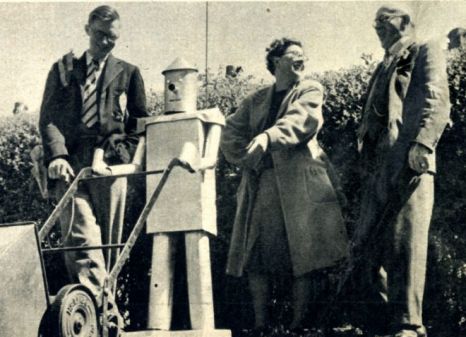A couple of entries from one argument in the new Pew Research Center report, “AI, Robotics, and the Future of Labor,” which tries to divine how automation will alter the workforce by 2025.
_________________________
Argument #2: The consequences for income inequality will be profound
For those who expect AI and robotics to significantly displace human employment, these displacements seem certain to lead to an increase in income inequality, a continued hollowing out of the middle class, and even riots, social unrest, and/or the creation of a permanent, unemployable “underclass.”
Justin Reich, a fellow at Harvard University’s Berkman Center for Internet & Society, said, “Robots and AI will increasingly replace routine kinds of work—even the complex routines performed by artisans, factory workers, lawyers, and accountants. There will be a labor market in the service sector for non-routine tasks that can be performed interchangeably by just about anyone—and these will not pay a living wage—and there will be some new opportunities created for complex non-routine work, but the gains at this top of the labor market will not be offset by losses in the middle and gains of terrible jobs at the bottom. I’m not sure that jobs will disappear altogether, though that seems possible, but the jobs that are left will be lower paying and less secure than those that exist now. The middle is moving to the bottom.”
Stowe Boyd, lead researcher at GigaOM Research, said, “As just one aspect of the rise of robots and AI, widespread use of autonomous cars and trucks will be the immediate end of taxi drivers and truck drivers; truck driver is the number-one occupation for men in the U.S.. Just as importantly, autonomous cars will radically decrease car ownership, which will impact the automotive industry. Perhaps 70% of cars in urban areas would go away. Autonomous robots and systems could impact up to 50% of jobs, according to recent analysis by Frey and Osborne at Oxford, leaving only jobs that require the ‘application of heuristics’ or creativity…An increasing proportion of the world’s population will be outside of the world of work—either living on the dole, or benefiting from the dramatically decreased costs of goods to eke out a subsistence lifestyle. The central question of 2025 will be: What are people for in a world that does not need their labor, and where only a minority are needed to guide the ‘bot-based economy?”
Tags: Justin Reich, Stowe Boyd

